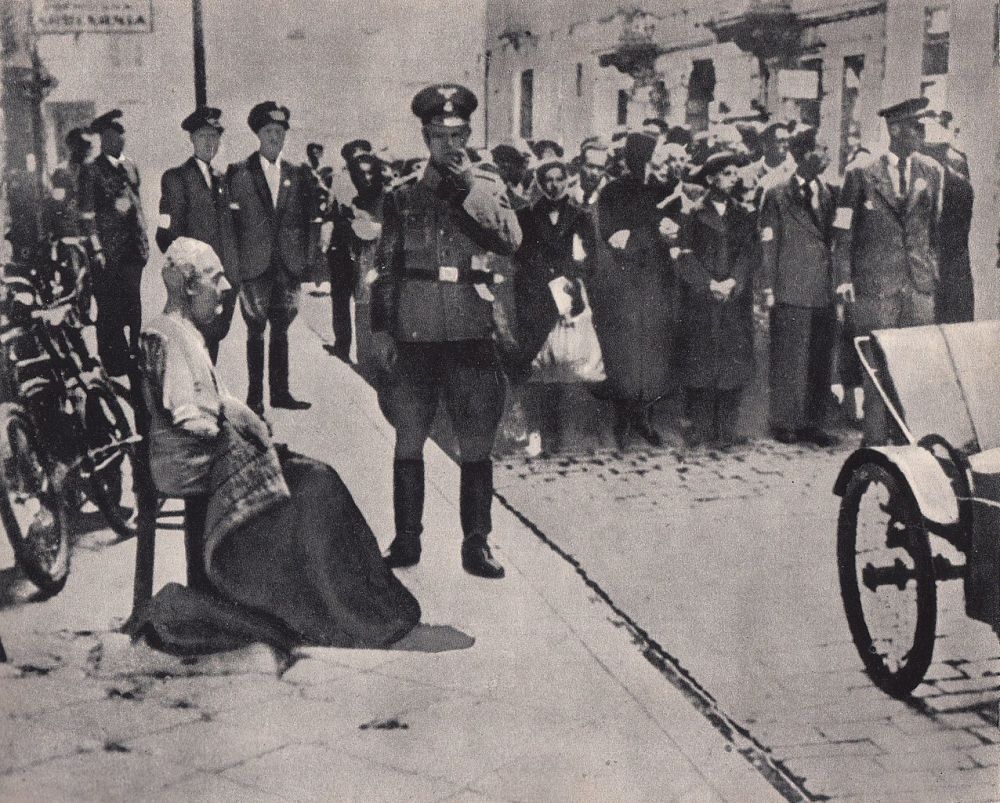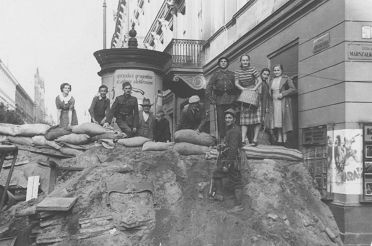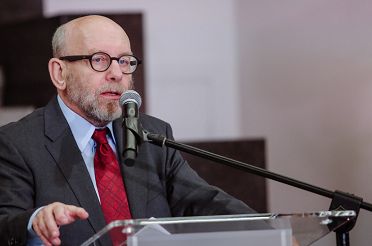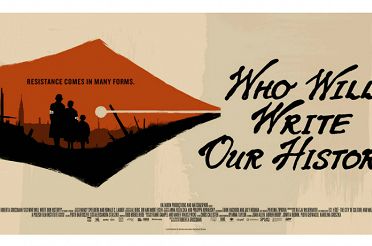July 29, 1942:
The eighth day of the “action”. The cart on Karmelicka – they throw people into it. (…) They shoot at people standing in the windows. A Christian woman, upon seeing carts with captured Jews, curses the Nazis, moves into view and is shot. In the Nowy Świat street, another Christian woman knelt on the pavement and prayed to God that he would direct his sword against the torturers. She did it, when she saw a Jewish child murdered by a gendarme. Meeting of the members of “Oneg Shabbat”. The tragic course of the meeting. They discuss the ownership and transfer of the Archive to America, to YIVO [6], if we all die.
Terrible news about the plans of the Germans. It turns out that they intend to kill 250,000 Jews. So far – 53,000 are killed. Utter pessimism of Gutkowski and Kon. They talk about death as something inevitable. (…) So far, eight Jewish policemen have committed suicide. It’s getting worse in the streets every day. They detained many people who had Jewish Social Self-Help ID cards. (…)
(…) Someone called our policemen gangsters. The day after Czerniaków’s death, a German officer W. appeared and explained that he was not to blame for his death. He gave word of honor of a German officer that the displaced persons were not being killed. (…)
There are times when I am a bit calmer about my fate, sometimes I become a little indifferent, but suddenly I am overwhelmed by the fear of death that I am close to madness[7].
Bibliography:
Hanna Krall, Zdążyć przed Panem Bogiem, Wydawnictwo a5, Cracow 1997.
Abraham Lewin, Dziennik [Diary], edited by Katarzyna Person, Wydawnictwo ŻIH, Warsaw 2015.



![abraham_lewin_kapelusz.jpg [263.27 KB]](https://www.jhi.pl/storage/image/core_files/2022/3/11/6bb0b3c6d92be863539f2cf39c87f45e/jpg/jhi/preview/abraham_lewin_kapelusz.jpg)



![MKiDN_bialy_logotyp_strona_ŻIH_EN.png [10.32 KB]](https://www.jhi.pl/storage/image/core_files/2023/1/12/0fbb15388d1a5d89c65891b6ce66941c/png/jhi/preview/ZNAK%20ENG.png)